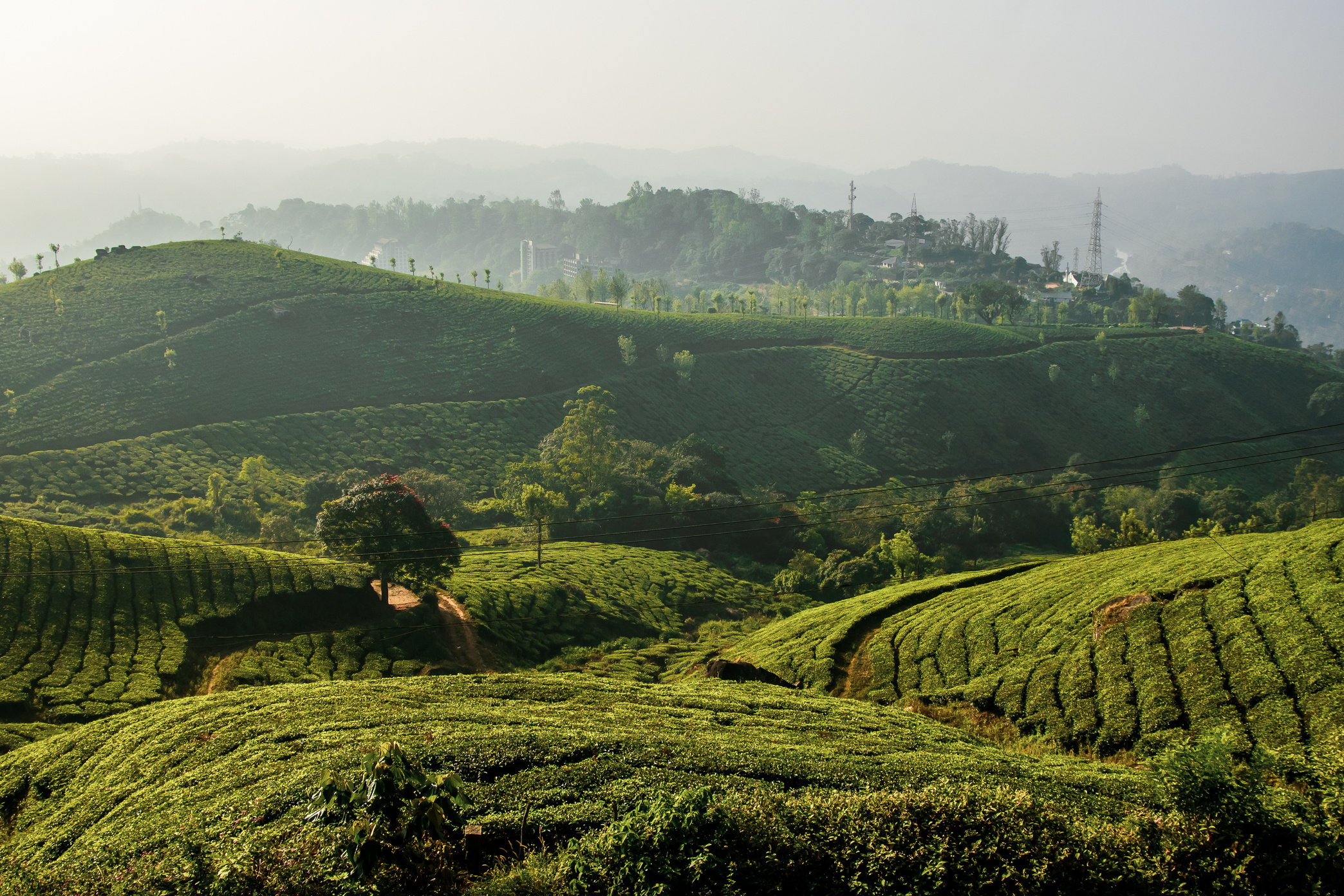
The Indigenous Peoples of the Philippines
Naypa, Fernandez, Canizares
Discover the vibrant tapestry of the indigenous peoples of the Philippines, where rich cultures and traditions span centuries. Immerse yourself in their diverse heritage, champion their stories, and celebrate the resilience and wisdom that they continue to share with the world.
Explore
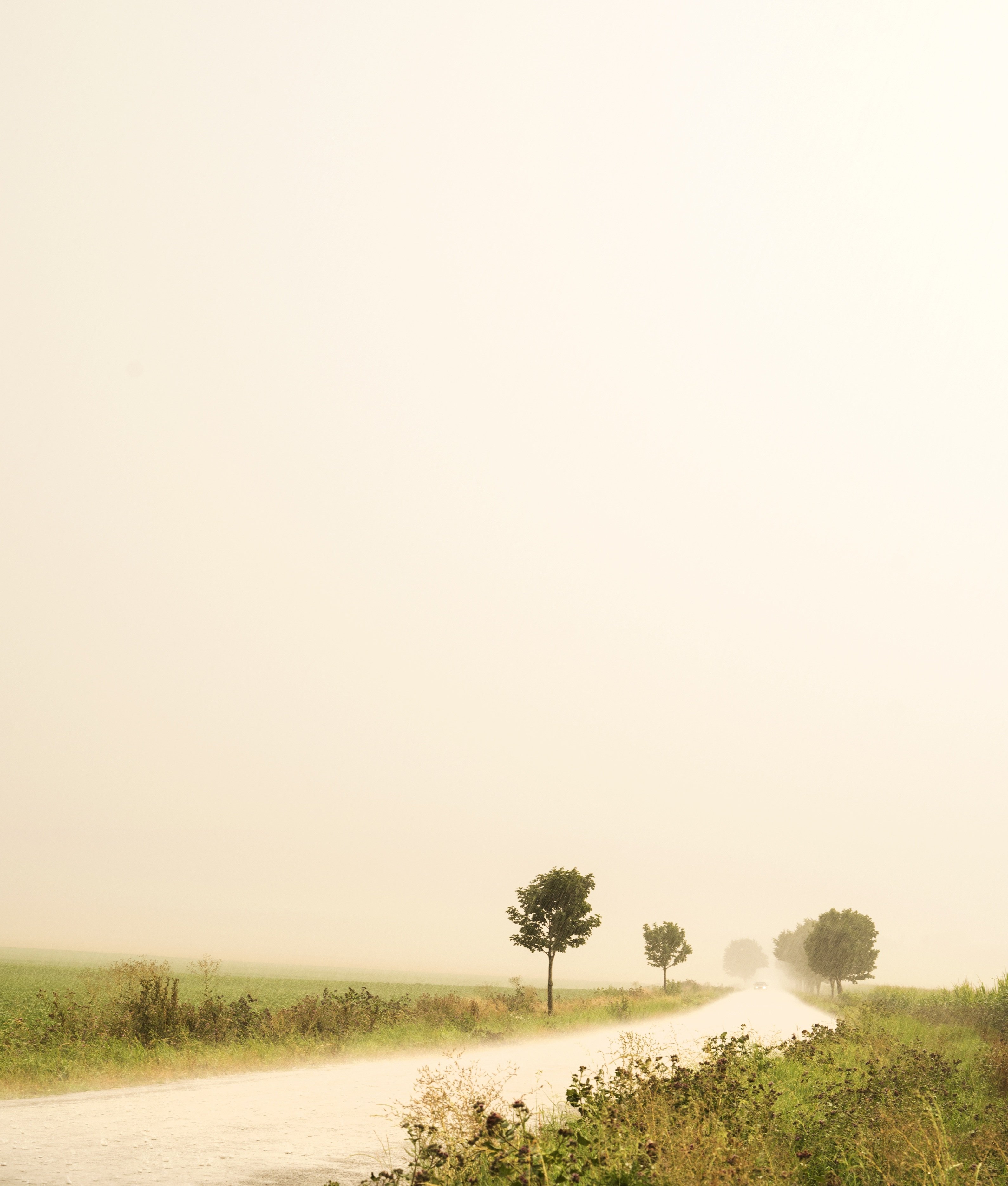
LUZON
KALINGA
"Kalinga" comes from the common noun kalinga, which means “enemy,” “fighter,” or “headhunter” in the Ibanag and Gaddang languages. -The number of culture groups in Kalinga varies according to different systems of classification. Nonetheless, authorities on Kalinga culture today agree that there are over 30 such groups.
TINGUIAN
The Tinguian are listed as one of the Cordillerean people called "Igorots". Some feature of the culture, customs, traditions, rituals, beliefs and ethnic values are the same with the Igorots.
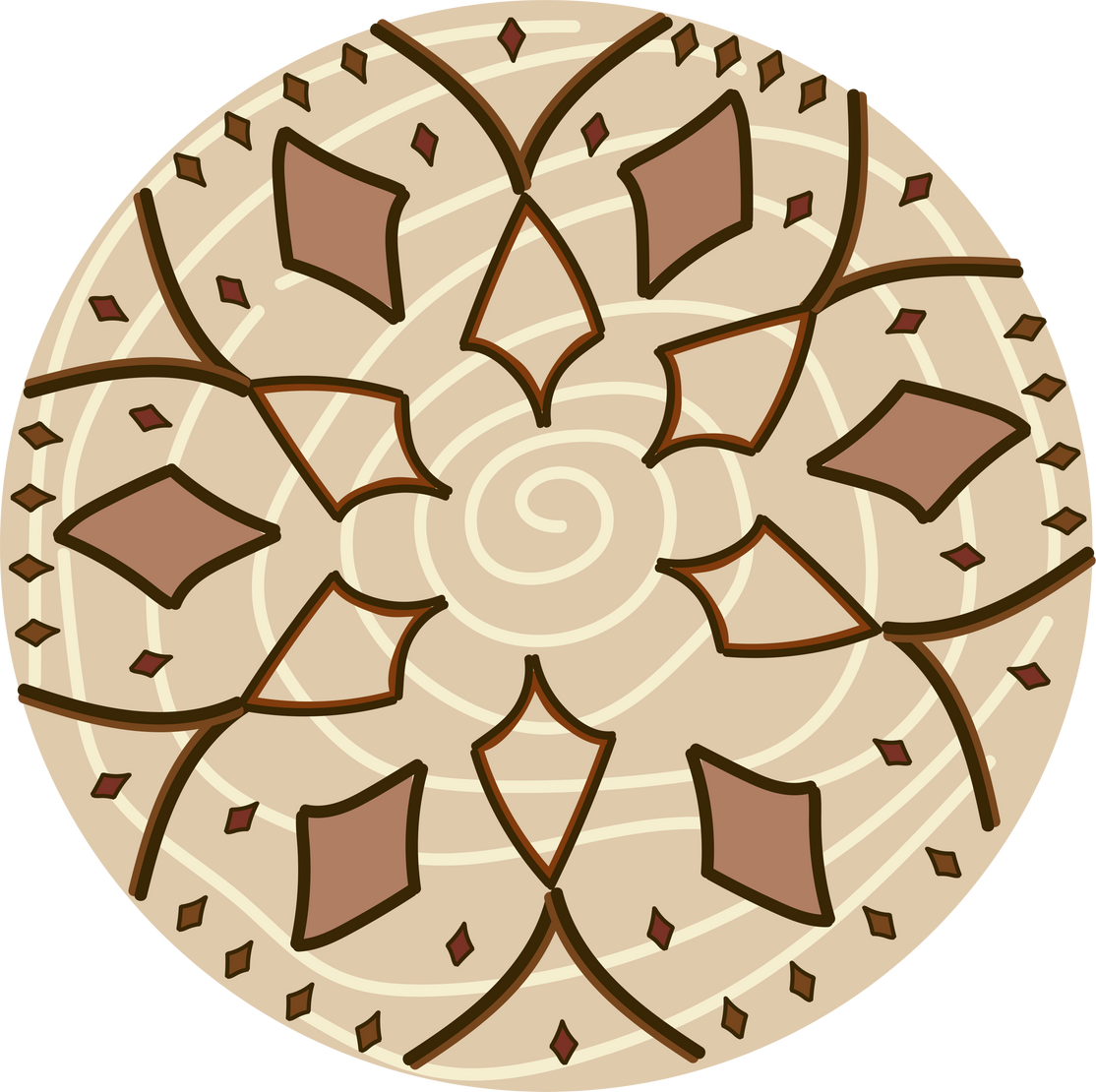
TAGBANUA
The Tagbanua is one of the oldest ethnic groups in the Philippines, and can be found in several municipalities, including Aborlan, Quezon, Calamian Islands, Baras Coast, Busuanga Island, Coron Island, some parts of El Nido, and Puerto Princesa City.
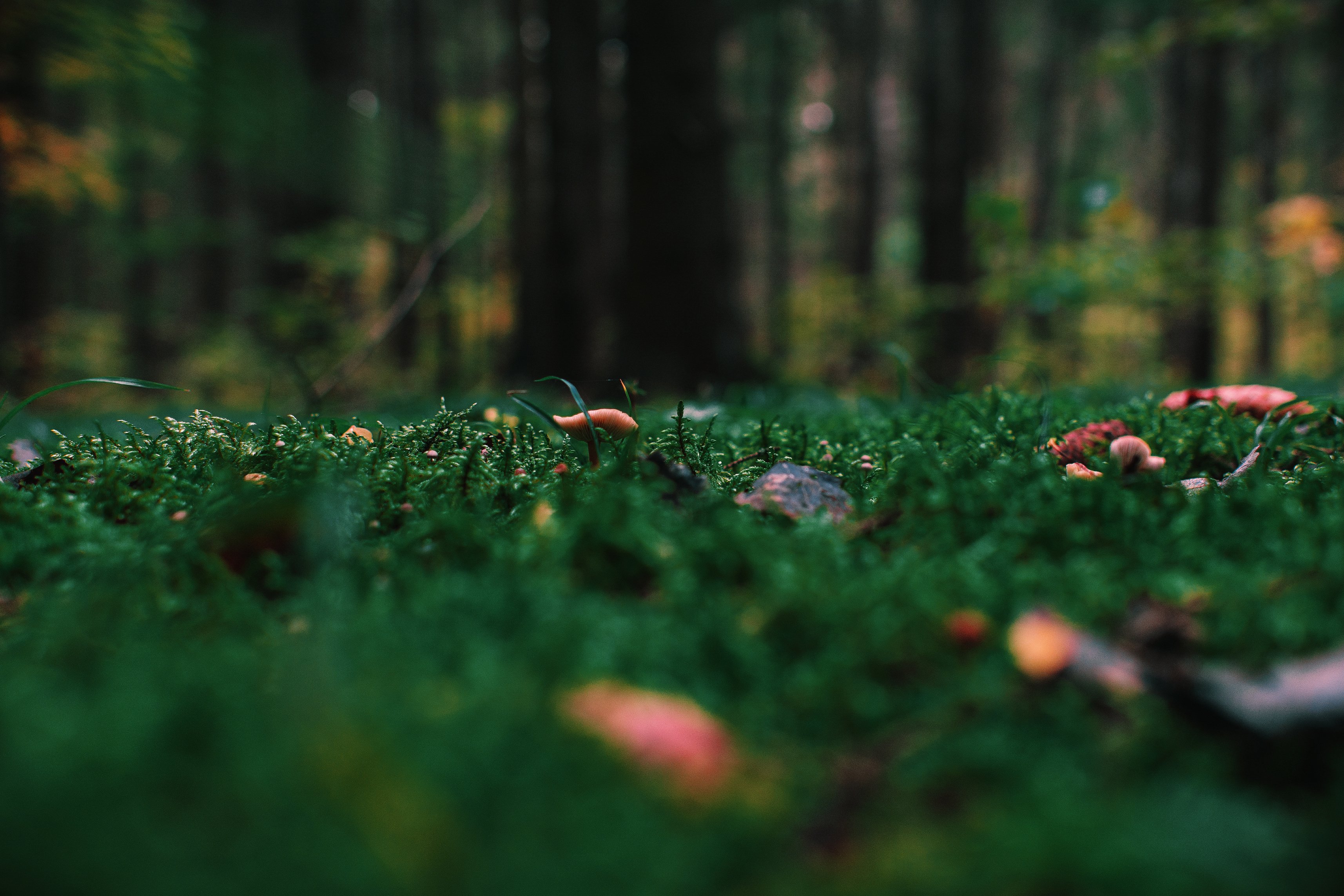
VISAYAS
AKLANON
"Aklanon" is a Spanish word for the people of what is now Aklan province in Panay; the people had thought the Spaniards were asking the name of the local river, which was actually "Akean." -The Aklanon area exports copra, pineapple, melon, and banana. Slippers, mats, and bags are made from the local abaca; rattan furniture is also manufactured here. Fine pina fabric is also an important export.
ATI
The first inhabitants of the Philippine archipelago were the Ati people, a Negrito ethnic group who settled in Panay Island. They are notable for their round dark eyes and dark-complexion. They are said to have first arrived in the Philippines some 20,000 to 30,000 years ago from Borneo by foot through an isthmus, which is now part of Palawan.

VISAYAS
HILIGAYNUN
Hiligaynon, also called Ilongo, or Panayan, fourth largest ethnolinguistic group of the Philippines, living on Panay, western Negros, southern Mindoro, Tablas, Romblon, Sibuyan, Guimaras, and northwestern Masbate. Ilonggos are Austronesian at their core but still carry with them elements of Negrito, Indic, Hàn Chinese, and Castilian culture. Ilonggos in Mindanao have also incorporated Lumad and Moro traditions into their culture, and vice versa.
SULUDNON
The Suludnon, also known as the Panay-Bukidnon, Pan-ayanon, or Tumandok, are a culturally indigenous Visayan group of people who reside in the Capiz-Lambunao mountainous area and the Antique-Iloilo mountain area of Panay in the Visayan islands of the Philippines. They are also known for their detailed embroidery, known as panubok. The heritage of the panubok is celebrated in the Tinubkan fashion show in Iloilo City.
Indigenous_Peoples_PH
Indigenous_Peoples_PH
Indigenous_Peoples_PH
Indigenous_Peoples_PH
Indigenous_Peoples_PH
Indigenous_Peoples_PH
Indigenous_Peoples_PH
Indigenous_Peoples_PH
Indigenous_Peoples_PH
Indigenous_Peoples_PH
Indigenous_Peoples_PH
Indigenous_Peoples_PH
Indigenous_Peoples_PH
Indigenous_Peoples_PH
MINDANAO
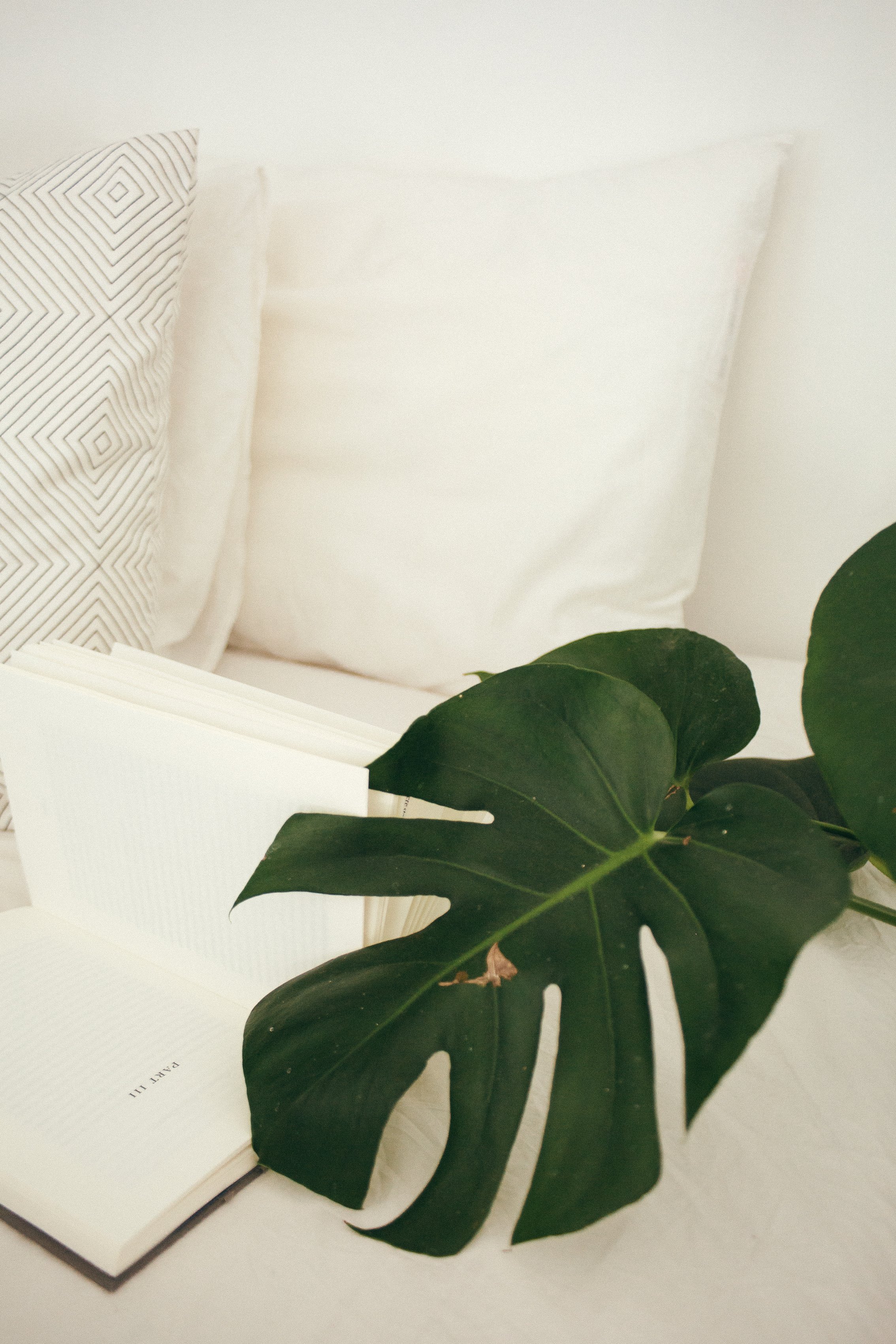
MINDANAO
1. BAJAU
-The Sama-Bajau refers to several Austronesian ethnic groups of Maritime Southeast Asia with their origins from the southern Philippines. They are not only fishermen and sea navigators whose seaborne lifestyle comes as second nature but also keepers of traditions, culture, and stories centering around sea life.
2. MANDAYA
-The Mandaya tribes refers to a number of indigenous groups found along the mountain ranges of Davao Oriental, Davao del Norte, and Surigao del Sur. They are also recorded to be present in Mount Kampalili, in the highlands of eastern Mindanao. The Mandaya/Mansaka are famous for their distinctive costumes and ornamentation, which involves tie-dyed textiles and embroidery using a sophisticated system of symbols with named motifs. Beadwork and silver craft are also well-developed.
3. MANOBO
-"Manobo" is the hispanicized form of "Manuvu," which, of course, means "people." The Manobo appear to be a remnant of the very first Austronesian invasion from Taiwan, predating peoples like the Ifugao of Luzon. Manobo tribe is culturally rich in traditional practices, medicinal uses, diversity, and traditional knowledge based on their community plant resources.
4. TEDURAY
-There are coastal, river, and mountain Teduray clans, each of which has variations in dialect. In fact, Teduray is a combination of tedu (“place of origin, birth, or residence”) and ray (from daya, meaning “upper part of a stream or river”). The Tiruray are very accomplished craftspeople, weaving exquisite baskets covered with distinctive motifs. They also make earrings, pendants, and necklaces out of horse hair.
5. SUBANON
-The Subanun are pagan shifting cultivators of rice who inhabit the mountainous, forested interior of the Zamboanga Peninsula, a southwestern extension of the island of Mindanao in the southern Philippines. The Subanon are traditionally farmers and regularly move from one location to another to clear more forest for fields.
6. T'BOLI
-The T’boli tribe of South Cotabato is a fascinating group of people because of their distinct culture, craftsmanship and weaving skills. Their creativity can also be seen in the quality of their metalworks like bracelets, anklets and figurines.
MINDANAO